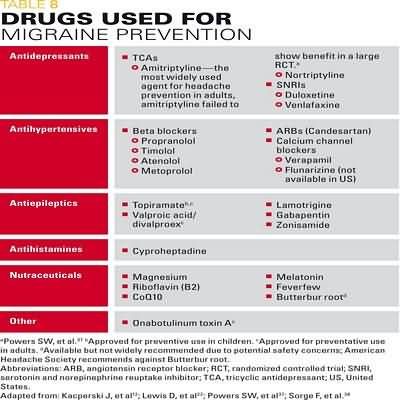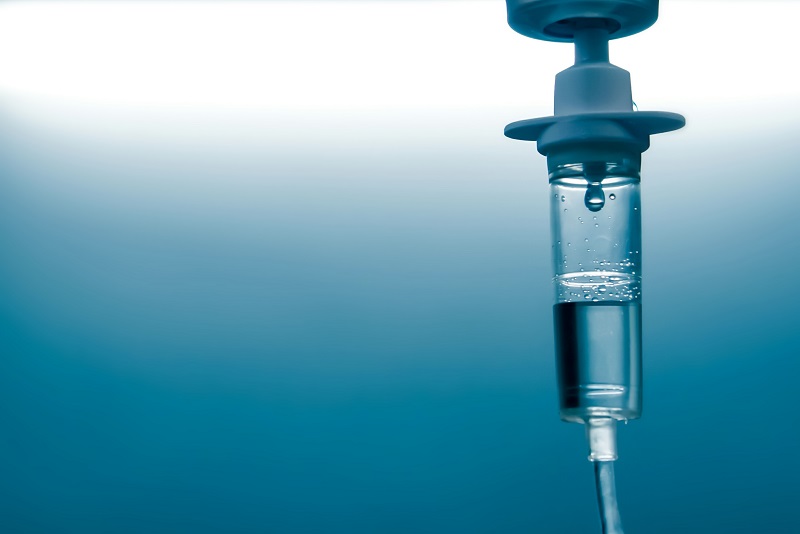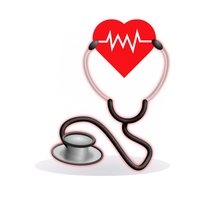Cephalosporins
Cephalosporins
Cephalosporins are antibiotics. They are bac tericidal, inhibiting synthesis of bacterial cell wall, causing cell death in susceptible bacteria.
Indications
Treatment of pharyngitis, tonsillitis caused by Streptococcus pyogenes; otitis media caused by Streptococcus pneumoniae, Hae mophilus influenzae, Moraxella catar rhalis, S. pyogenes; respiratory infections caused by S. pneumoniae, Haemophilus parainfluenzae, Staphylococcus aureus, Escherichia coli, Klebsiella, H. influenzae, S. pyogenes; UTIs caused by E. coli, Kleb siella pneumoniae; dermatologic infec tions caused by S. aureus, S. pyogenes, E. coli, Klebsiella, Enterobacter; uncompli cated and disseminated gonorrhea caused by Neisseria gonorrhea; septicemia caused byS.pneumoniae, S. aureus, E. coli, Kleb siella, H. influenzae; meningitis caused by S. pneumoniae, H. influenzae, S. aureus, Neisseria meningitidis; bone and joint in fections caused by S. aureus Perioperative prophylaxis Contraindications and cautions
Contraindicated with allergy to cephalospo rins or penicillins, renal failure, or lactation. Adverse effects
CNS: Headache, dizziness, lethargy, pares thesias, seizures GI: Nausea, vomiting, diarrhea, anorexia, abdominal pain, flatulence,pseudomem branous colitis, hepatotoxicity GU: Nephrotoxicity Hematologic: Bone marrow depression; decreased WBC, platelets, Hct Hypersensitivity: Ranging from rash, fever to anaphylaxis; serum sickness re action Local: Pain, abscess at injection site, phlebitis,inflammation at IV site Other: Superinfections, disulfiramlike reaction with alcohol Cephalosporins Cephalosporins ? 39 Interactions
Drugdrug Increased nephrotoxicity with aminoglycosides Increased bleeding effects with oral anticoagulants Disulfiramlike re action may occur if alcohol is taken within 72hr after cephalosporin administration ?Druglab test Possibility of false results on tests of urine glucose using Benedict’s solu tion, Fehling’s solution, Clinitest tablets; uri nary 17ketosteroids; direct Coombs’ test Nursing considerations
Assessment
History: Allergy to any cephalosporin, he patic and renal impairment, lactation, preg nancy Physical: Skin status, LFTs, renal function tests, culture of affected area, sensitivity tests Interventions
Culture infected area and arrange for sen sitivity tests before beginning drug therapy and during therapy if expected response is not seen. Administer oral drug with food to decrease GI upset and enhance absorption. Administer liquid drug to children who can not swallow tablets; crushing the drug re sults in a bitter, unpleasant taste. Have vitamin K available in case hypopro thrombinemia occurs. Discontinue drug if hypersensitivity reac tion occurs. Ensure ready access to bathroom and pro vide frequent small meals if GI complica tions occur. Arrange for treatment of superinfections. Teaching points
Oral drug Take full course of therapy. These drugs are specific to an infection and should not be used to selftreat other prob lems. Swallow tablets or capsules whole; do not crush. Take the drug with food. Avoid drinking alcoholic beverages while taking and for 3 days after stopping this drug because severe reactions often occur (even with parenteral forms). You may experience these side effects: Stom ach upset or diarrhea. Report severe diarrhea with blood, pus, or mucus; rash; difficulty breathing; unusual tiredness, fatigue; unusual bleeding or bruis ing; unusual itching or irritation, pain at injection site. Representative drugs
First generation cefadroxil cefazolin cephalexin Second generation cefaclor cefoxitin cefprozil cefuroxime Third generation cefdinir cefotaxime cefpodoxime ceftazidime ceftibuten ceftriaxone Fourth generation cefditoren cefepime ceftaroline


















